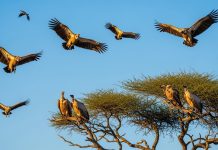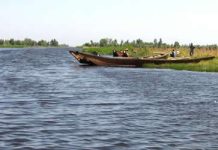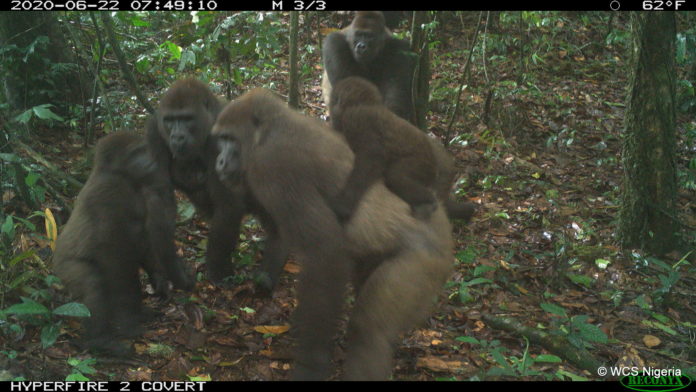
Camera-trap images of a group of rare Cross River gorillas with a number of infants of different ages recently released by the
Wildlife Conservation Society (WCS) is generating a lot of excitement among Nigerians, especially conservation aficionados and stakeholders. For many, it is evidence of hard work and dedication paying off while for others it is an indication of hope for the future.
Images of the most endangered gorilla subspecies, Gorilla gorilla diehli, were captured in the Mbe Mountains in Nigeria. The Cross River gorillas number only around 300 individuals and found only in an isolated region along the Nigeria/Cameroon border. In the 1970s, the subspecies were thought to have disappeared, only to be rediscovered about a decade later, following efforts by the Cross River State Government, WCS and the local communities.
Professor John Oates, lead author of the first Cross River gorilla action plan in 2007 described the recently released camera-trap photos as wonderful. To him, it is a photo of hope.

Photo © WCS Nigeria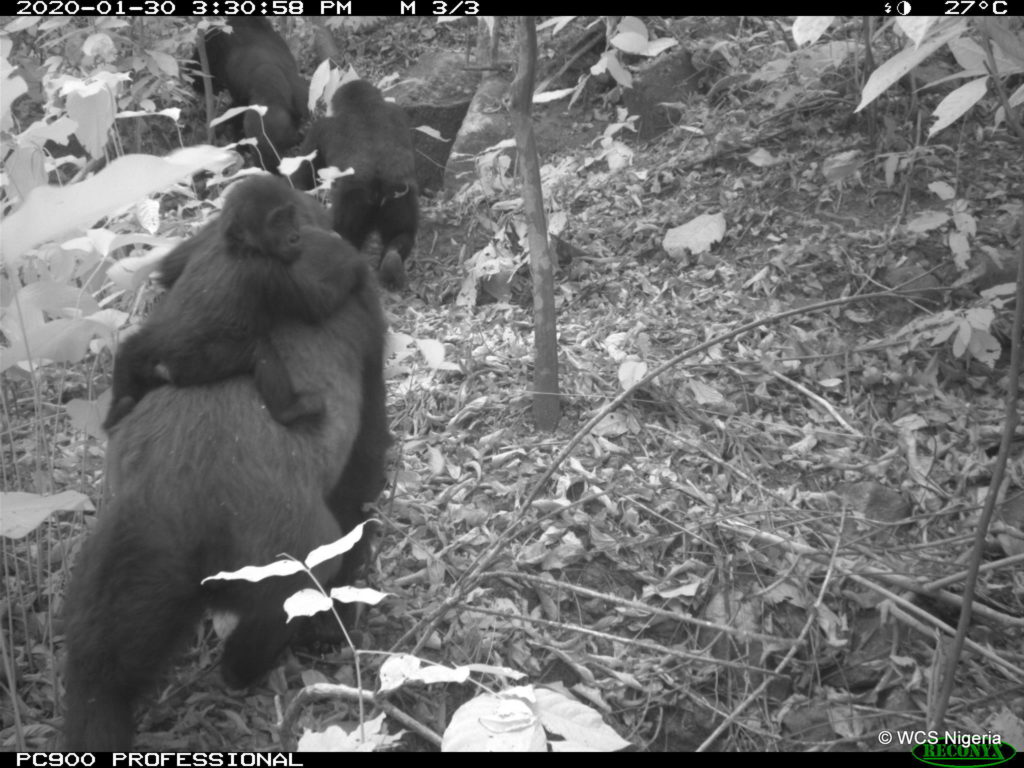
Photo © WCS Nigeria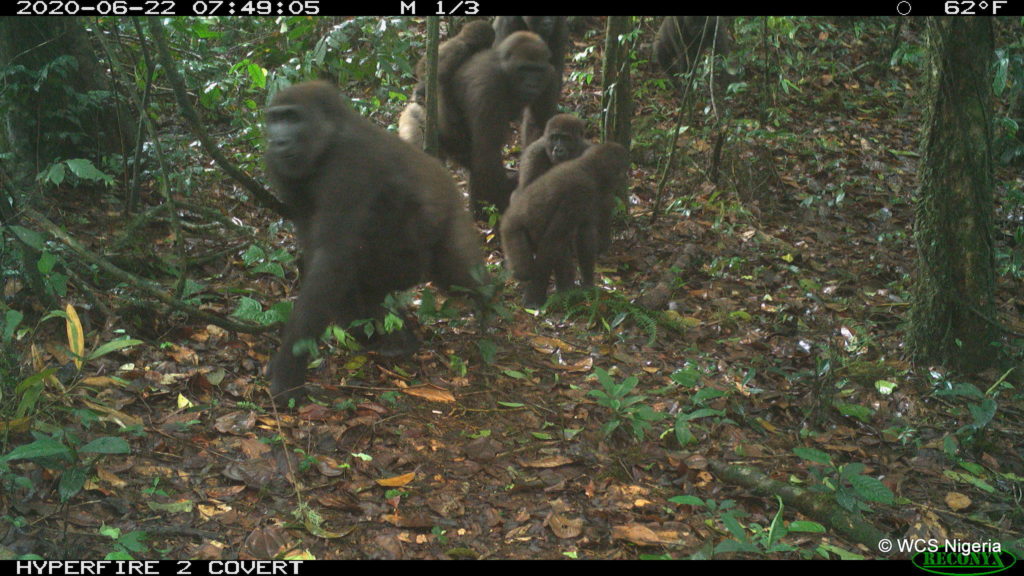
Photo © WCS Nigeria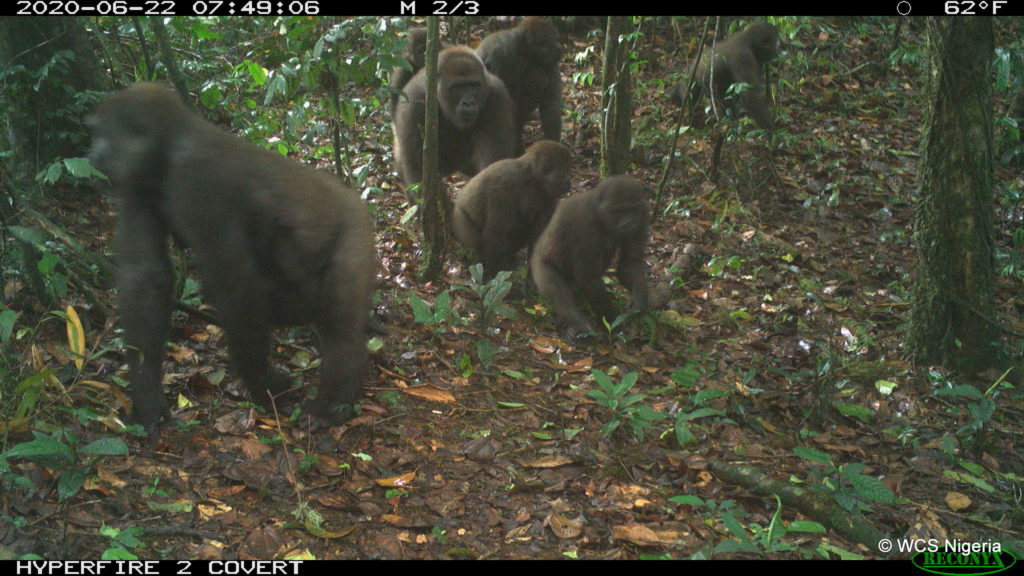
Photo © WCS Nigeria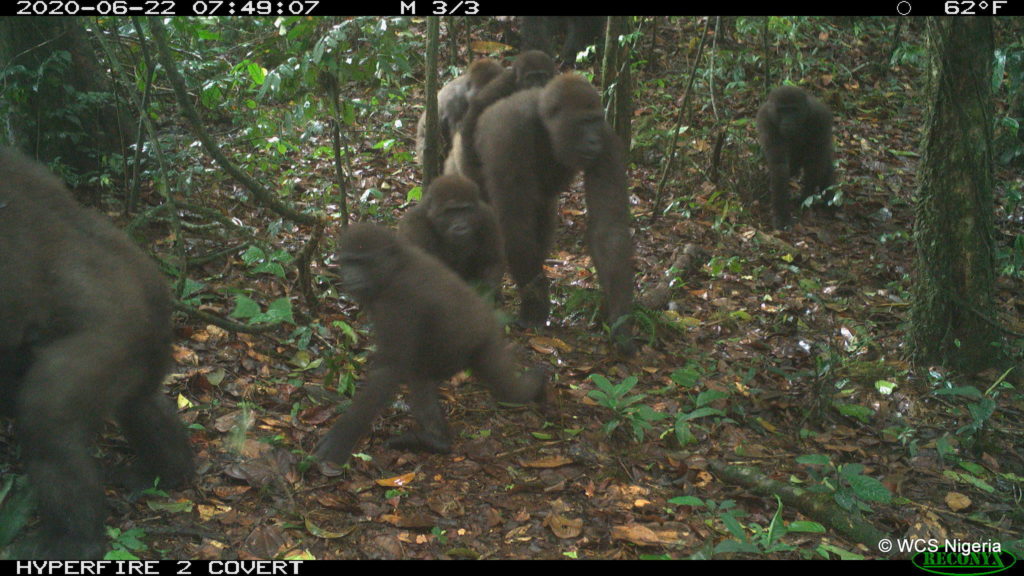
Photo © WCS Nigeria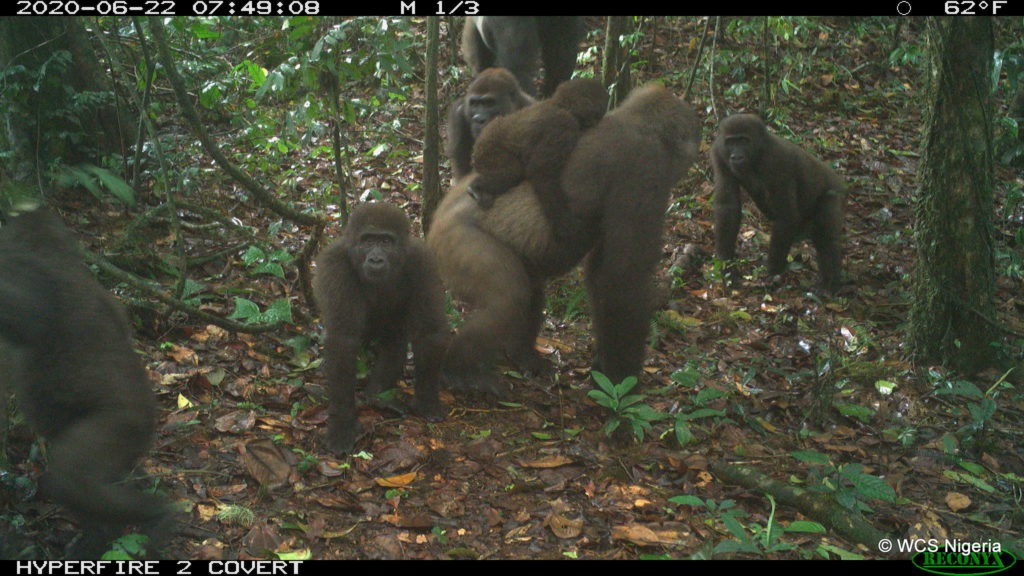
Photo © WCS Nigeria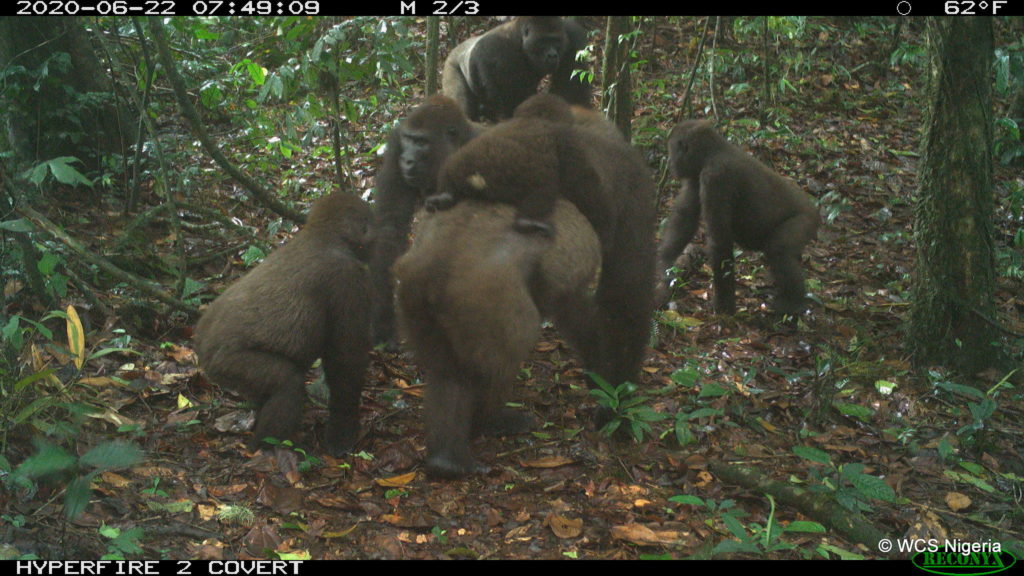
Photo © WCS Nigeria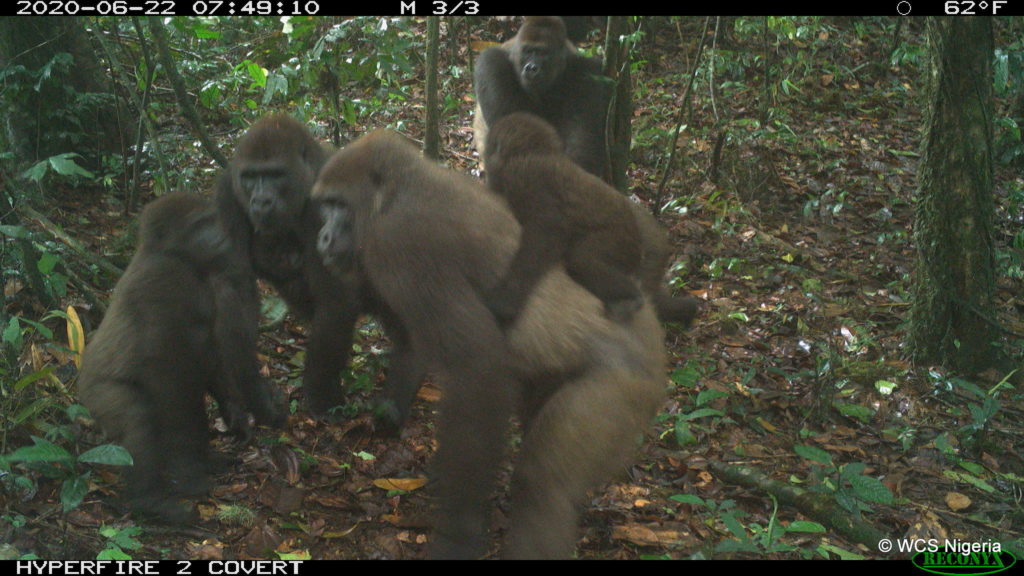
Photo © WCS Nigeria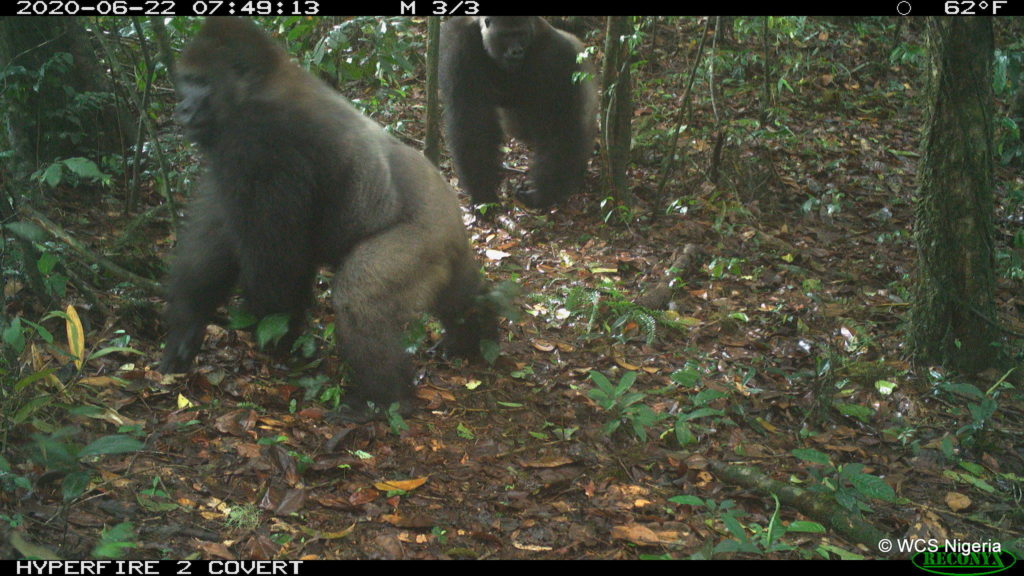
Photo © WCS Nigeria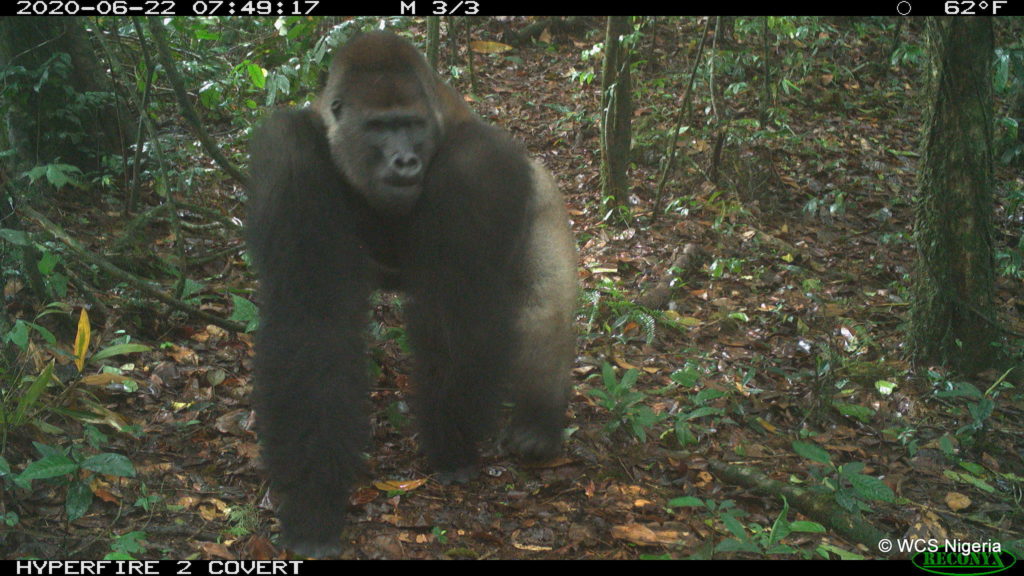
Photo © WCS Nigeria
“It is wonderful to see images of gorillas from the Mbe Mountains that show so many young animals, indicating that the population there is in good health,” Oates said.
Read also: Experts make case for intensified effort in Cross River gorilla conservation
Cross River gorillas are rarely seen, let alone photographed, even by remote cameras. Previously, camera traps at WCS sites in Cameroon and Nigeria have captured just a few images including one from 2012 in Cameroon’s Kagwene Gorilla Sanctuary showing one member of the group missing a hand likely from snare injury, the WCS indicated in a press release accompanying the photos.
In the Mbe Mountains and Afi Mountains in Nigeria, camera traps photographed a mother carrying a single infant on her back and lone silverbacks on separate occasions. Those images were obtained in 2013 and on separate occasions since then, but these recent images are the first time that multiple infants have been recorded in the same group.
Extremely shy of humans due to a long history of persecution, Cross River gorillas live in the most rugged and inaccessible parts of their range. Their presence can be detected mainly by indirect signs such as nests, dung, and feeding trails. They are distributed patchily over a mountainous, forested landscape spanning some 12,000 square kilometers across the transboundary region of Cross River Nigeria and Takmanda-Mone Cameroon.
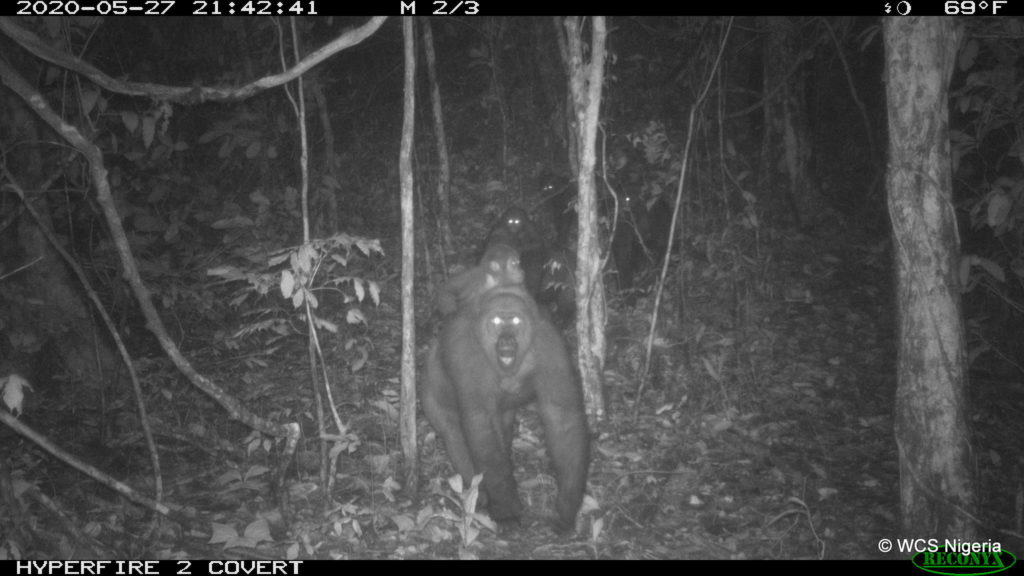
Photo: © WCS Nigeria
Approximately 100 Cross River gorillas live in Nigeria in three contiguous sites in Cross River State – the Okwangwo Division of Cross River National Park (Okwangwo), Afi Mountain Wildlife Sanctuary and the Mbe Mountains community forest.
The Mbe Mountains forest, home to about a third of the Nigerian gorilla population, provides an important link between Afi Mountain and Okwangwo. It is have been managed jointly by the WCS and the Conservation Association of the Mbe Mountains as a community wildlife sanctuary since 2005. A team of 16 eco-guards recruited from the surrounding communities, trained and employed by WCS conducts daily law enforcement patrols of the sanctuary to protect gorillas and other wildlife. In addition to protection, WCS works with the local communities to raise awareness of conservation and improve livelihoods.
Read also: WCS celebrates four years of zero elephant poaching in Yankari
“It is extremely exciting to see so many young Cross River gorillas – an encouraging indication that these gorillas are now well protected and reproducing successfully, after previous decades of hunting,” said
Inaoyom Imong, Director of WCS Nigeria’s Cross River Landscape.
“While hunters in the region may no longer target gorillas, the threat of hunting remains, and we need to continue to improve the effectiveness of our protection efforts.”
The success recorded in the Mbe Mountains is largely attributable to the strong support and commitment of our local community partners. Reacting to seeing the gorilla images, the head chief of one of the surrounding villages (Kanyang I), Otu Gabriel Ocha said: “I am very happy to see these wonderful pictures of Cross River gorillas with many babies in our forest. This shows that our conservation efforts in partnership with WCS are yielding fruits. I hope that we can continue these efforts so that we can pass the heritage to future generations.”
Chief Damian Aria, Village Head of Wula I, said: “Seeing these photos of Cross River gorillas with many infants makes me very happy because they tell me that the population is increasing. I feel honored to be part of the efforts that are producing these results and I commend WCS for their support to protect the natural resources God has blessed us with.”
Otu Bernard A. Eban, Clan Head of Abo Clan, said: “Seeing this today rekindles my hope that our communities will benefit from ecotourism in the future. We will further strengthen our local laws to protect Cross River gorillas in the Mbe Mountains. I wish to take this opportunity to appeal to our partners to support us more to find sustainable economic alternatives to bushmeat hunting and other activities that destroy our forest.”


